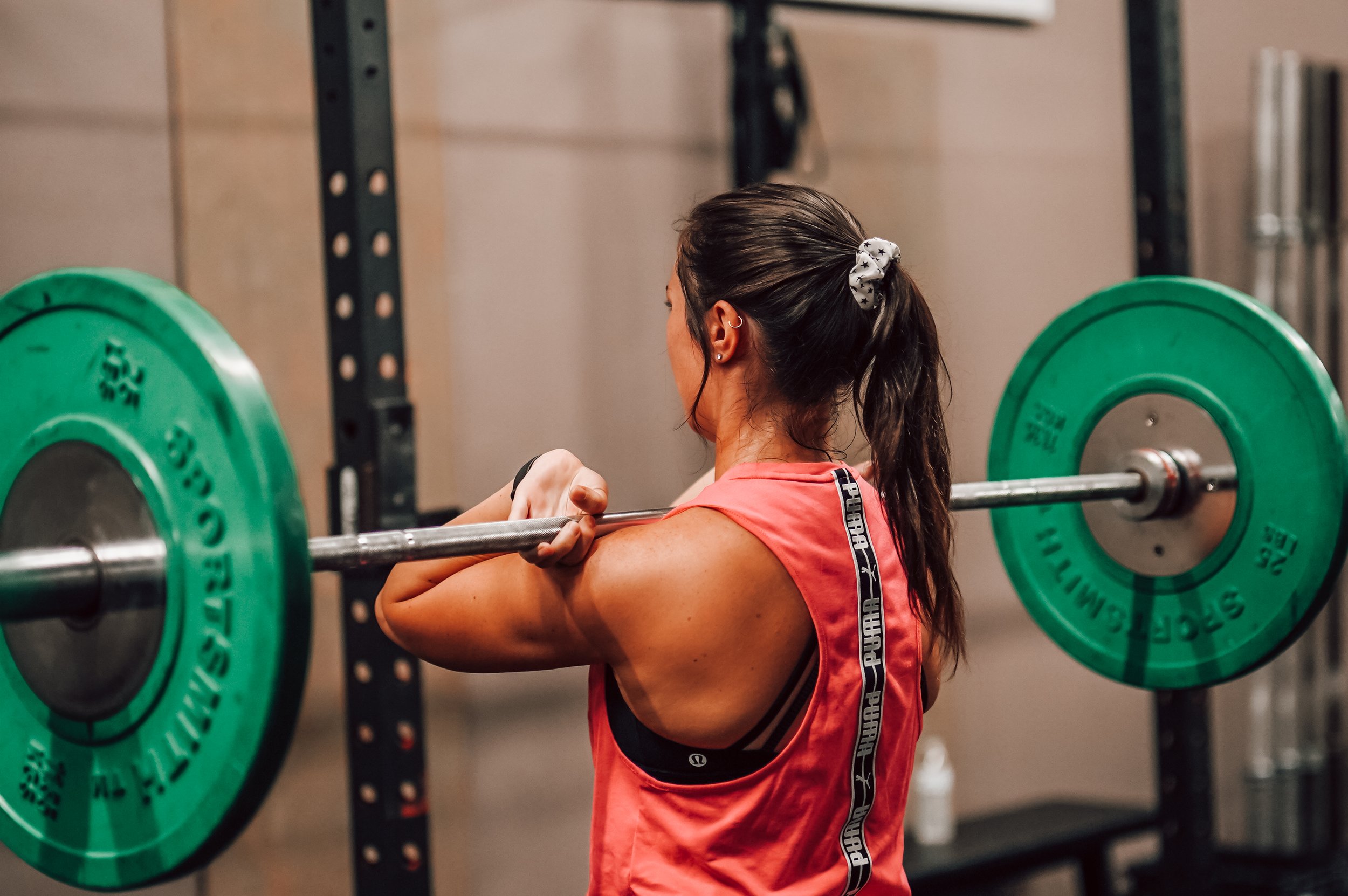What is Progressive Overload?
Progressive Overload? I know…sounds like kind of an aggressive term, right? This method has been around for a long time and is still used in most strength & conditioning weight rooms today. It’s a particularly effective method of training because it works with the body’s natural adaptation processes to help strengthen the body without causing injury. It’s a comprehensive strength training regimen inherently inducing physical progress.
Progressive overload is a concept in strength training that refers to gradually increasing the demands placed on the muscles and nervous system over time. The idea behind progressive overload is that, in order to continue making progress and adaptations in strength, muscle size, and endurance, you must continually increase the intensity, volume, or both to your workouts.
In practical terms, progressive overload could mean adding weight to your lifts, increasing the volume (number of reps or sets you do), adding “time under tension” (amount of time your body is under load or decreasing the amount of rest time between sets. The key is to make gradual, consistent increases in the demands you place on your body, allowing it to adapt and become stronger over time.
It's important to note that progressive overload is a gradual process and should not be rushed. Overloading the body too much too soon can lead to injury and decreased progress. A good strength training program will gradually increase the demands placed on the body over time, ensuring that you continue to make progress and avoid injury.
Now, let's talk about connective tissue. This includes tendons and ligaments that connect muscle to bone. Think of connective tissue as the strong, flexible ropes that hold everything together. The problem is, connective tissue takes a bit longer to adapt and become stronger than muscle tissue. But don't worry, that's where progressive overload comes in!
When you lift weights, you create tension and stress on your connective tissue. And just like working out your muscles, the more you stress your connective tissue, the stronger it gets! By gradually increasing the intensity, volume, or both of your workouts, you're exposing your connective tissue to new levels of stress, making it stronger and more resilient with each workout.
Now, before you go and overload yourself, remember that progressive overload should be done gradually and with proper form. And don't forget about rest and recovery - your connective tissue needs time to heal and adapt, too. With a well-designed strength training program that incorporates progressive overload, proper form, and adequate rest and recovery, you'll have connective tissue that's strong enough to hold up even the heaviest of weights.
We use the progressive overload method in our training programs because we think it’s the best way to progress physically without getting injured. If you’re interested in trying it out, feel free to get in touch with us!



